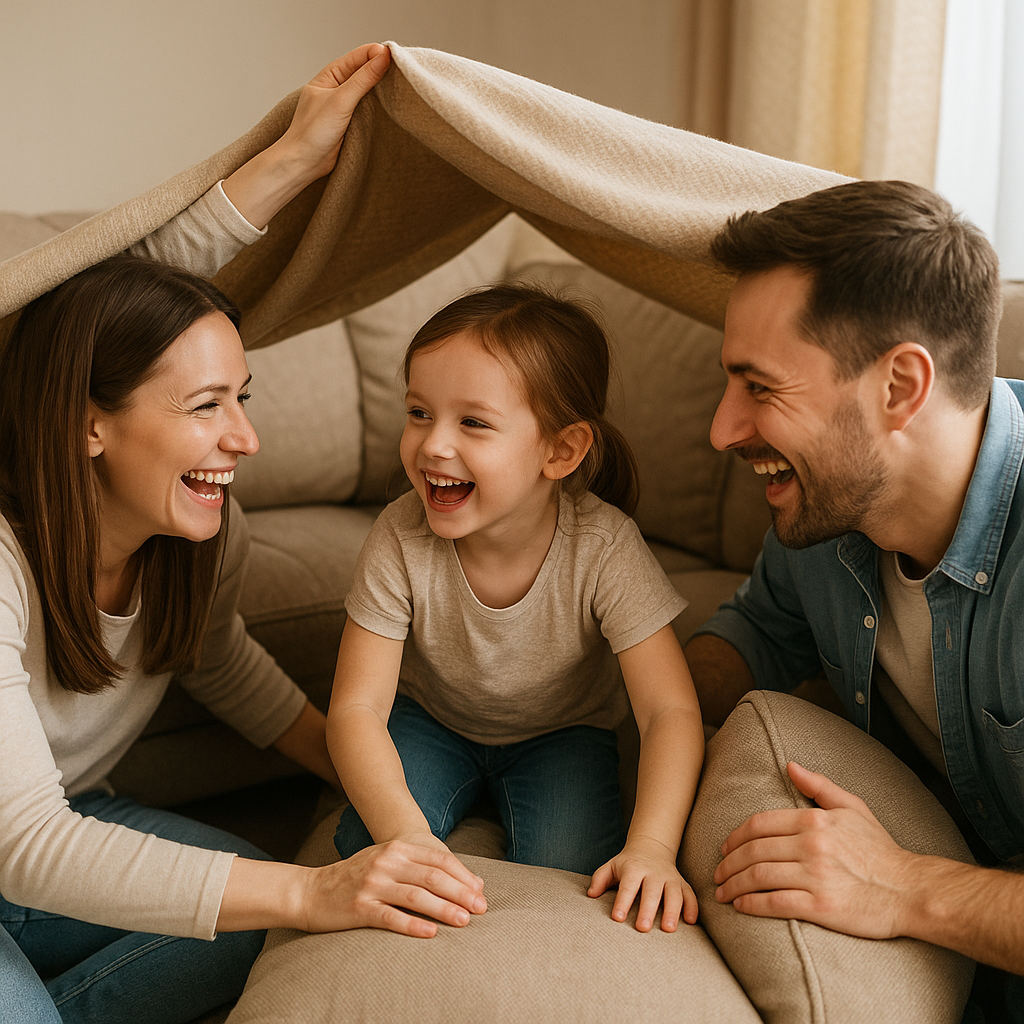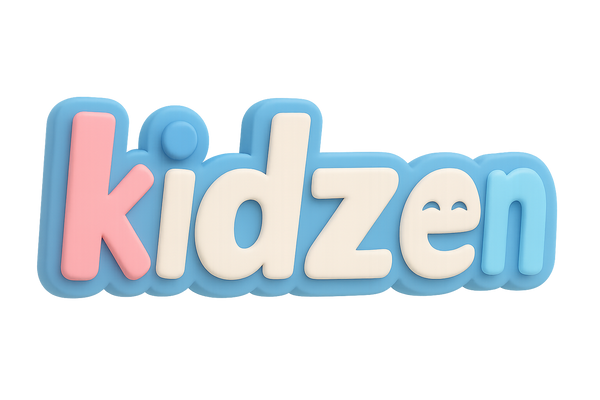
Our Special “No-Toy Day” Experiment: What We Learned as a Family
Share
In a world filled with toys, taking them away—even just for a day—can feel impossible. But what happens when you and your child agree to have a “No-Toy Day”? Our family tried this simple but eye-opening experiment, and here’s what we discovered.
Why Try a “No-Toy Day”?
Modern parenting often involves a sea of colorful toys, from educational kits to digital gadgets. But research suggests that too many toys can sometimes overwhelm children and limit their creativity (Dauch et al., 2018). A “No-Toy Day” helps children slow down, get bored (in a good way!), and find new ways to play using imagination and the environment around them.
The Rules: Keeping It Simple
Our family’s rules were easy:
-
Pick one day a month for “No-Toy Day”
-
Hide all toys in a closet or storage box
-
Encourage play with everyday household items, outdoor exploration, or storytelling
-
Join the play as parents!
What Happened on Our First “No-Toy Day”
At first, our kids didn’t know what to do. They wandered around, a little restless. But soon, the magic unfolded. Cushions became forts, kitchen utensils turned into drums, and our backyard transformed into a pirate island.
Surprisingly, we saw more sibling cooperation and problem-solving than usual. Research backs this up—less structured play can support social skills, creative thinking, and self-regulation (Zosh et al., 2018).
What We Learned (And Loved)
✨ More Connection: We spent more quality time together, talking, laughing, and playing pretend games.
✨ Less Overstimulation: Without the usual noise and clutter, everyone seemed calmer.
✨ New Traditions: Our kids now ask, “When is our next No-Toy Day?”—a sign that they value this unique time.
A Simple Tip to Try It Yourself
If you’d like to try, start small. Choose one morning or afternoon instead of a full day. Explain it to your child as a fun challenge, not a punishment. And join in—your presence makes all the difference.
Final Thoughts
“No-Toy Day” isn’t about getting rid of toys—it’s about showing our children that fun, creativity, and connection don’t depend on stuff. Sometimes, less really is more.
References
-
Dauch, C., Imwalle, M., Ocasio, B., & Metz, A. (2018). The Influence of the Number of Toys in the Environment on Toddlers’ Play. Infant Behavior and Development, 50, 78-87.
-
Zosh, J. M., et al. (2018). Learning through play: A review of the evidence. LEGO Foundation.
